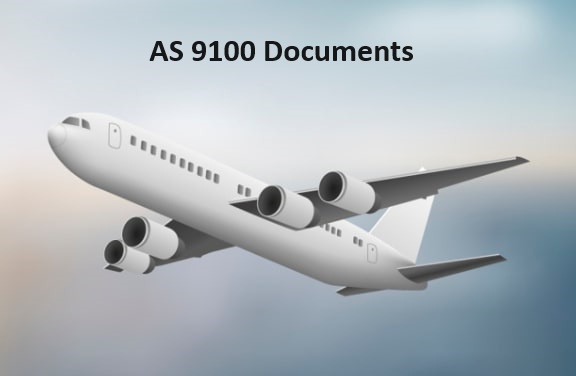Adherence to the highest quality management standards is crucial in the dynamic and heavily regulated aerospace business. AS 9100 stands out among these standards as being essential to guaranteeing quality in aerospace services and manufacturing. The thorough documentation of processes and procedures is essential to AS 9100 compliances. In this post, we'll examine the critical procedures for traversing AS 9100 documentations, which are vital for upholding strict quality management standards in the aerospace industry.
Understanding AS 9100 Requirements:
The aircraft sector has its quality management system (QMS) standard, AS 9100, which is globally recognized. It includes extra criteria unique to the aerospace industry in addition to the ISO 9001 requirements. The standard addresses several quality management topics, including regulatory compliance, continuous improvement, risk management, and customer satisfaction.
-
- Creating Document Control Processes:
The creation of strong document control processes is one of AS 9100's core requirements. This entails locating, approving, and managing documents about quality control procedures. Work instructions, quality manuals, processes, forms, and records are a few examples of documents. By putting in place efficient document control, employers can minimise errors and increase efficiency by guaranteeing that staff members have access to the most recent and accurate information.
-
- Creating Quality Manuals and Procedures:
The cornerstone of a company's quality management system is its quality manual. They give a summary of the main procedures, goals, and structure of the QMS. The creation of thorough quality guides that satisfy the standards of AS 9100 and the particular requirements of the organisation is mandated. To guarantee consistency and repeatability, procedures describing the different ways in which quality management processes are carried out also need to be recorded.
-
- Creating Work Instructions:
In the aerospace manufacturing process, work instructions offer comprehensive direction on how to carry out particular jobs or activities. The stages, necessary tools and equipment, safety measures, and quality standards are all outlined in these instructions. Well-written work instructions reduce variability, promote standardisation, and make staff training easier.
-
- Implementing Recordkeeping Systems:
To prove compliance with quality management standards, AS 9100 places a strong emphasis on the necessity of keeping accurate and comprehensive records. It is important to set up recordkeeping systems to keep track of important information such as staff training records, non-conformities, inspection results, and corrective measures. These documents are audited regularly by regulatory bodies and certifying bodies as proof of their compliance with AS 9100 requirements.
-
- Conducting Internal Audits:
Regular internal audits are a critical component of AS 9100 compliances. Internal audits evaluate the effectiveness of the quality management system, identify areas for improvement, and verify conformance to documented procedures. Auditors, whether internal staff or external consultants, review documentation, interview personnel, and assess processes to ensure alignment with AS 9100 requirements.
-
- Constant Improvement:
The fundamental principle of AS 9100 is constant improvement. Monitoring performance metrics, analysing data, and putting corrective and preventive measures in place are all advocated for organizations to promote continuous improvement. Because it records best practices, lessons learned, and areas for improvement, documentation is essential to this process.
In conclusion, navigating ready-to-use AS 9100 documentations is essential for achieving and maintaining compliance with aerospace quality management standards. By understanding the requirements, establishing robust document control procedures, developing comprehensive manuals and procedures, implementing recordkeeping systems, conducting internal audits, and embracing a culture of continuous improvement, aerospace organizations can ensure adherence to AS 9100 and strive for excellence in quality management.


No comments yet